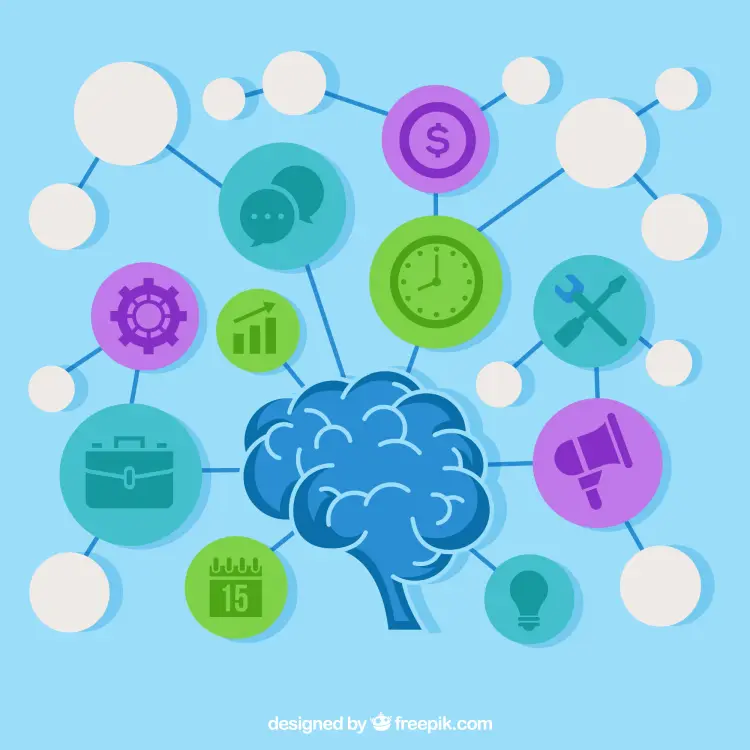Working memory is a crucial aspect of our cognitive functioning that allows us to hold and manipulate information in our minds for short periods. It plays an essential role in various everyday activities, from solving math problems and following directions to engaging in conversations and making decisions. In this blog, we’ll explore what working memory is, how it functions, and its significance in our daily lives.
What is Working Memory?
Working memory is often described as the brain’s “scratchpad.” It is a limited-capacity system that temporarily stores and processes information. This cognitive system enables individuals to keep information active while performing tasks that require mental manipulation. For example, when you try to remember a phone number long enough to dial it, or when you solve a math problem by holding numbers in your mind, you’re utilizing your working memory.
Psychologists typically differentiate between working memory and short-term memory. While short-term memory refers to the capacity to hold information for a brief period without manipulation, working memory involves not just storage but also the active processing of that information.
How Does Working Memory Function?
Working memory consists of several components, as proposed by psychologist Alan Baddeley in his model. The primary components include:
1. The Central Executive: This is the control center that directs attention and coordinates information from different sources. It is responsible for managing cognitive tasks and ensuring that relevant information is prioritized.
2. Phonological Loop: This component is responsible for processing verbal information. It allows individuals to rehearse and manipulate spoken and written language, making it essential for tasks like reading and comprehension.
3. Visuospatial Sketchpad: This system deals with visual and spatial information. It helps us visualize and manipulate images and objects, which is crucial for tasks such as navigation and solving puzzles.
4. Episodic Buffer: Added later to Baddeley’s model, this component integrates information from the phonological loop and visuospatial sketchpad with long-term memory, allowing for a more cohesive understanding of experiences.






